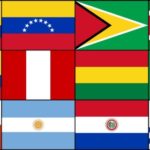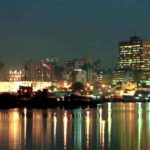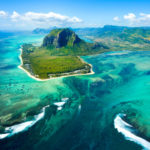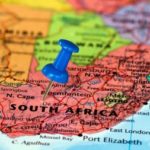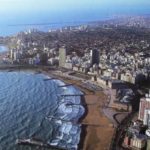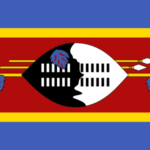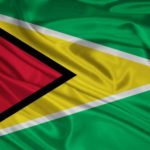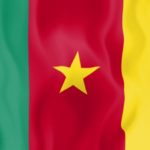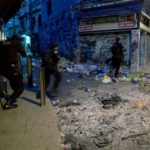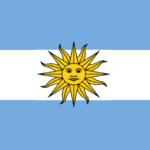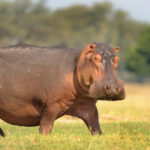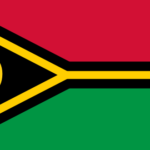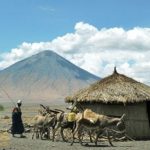Interesting facts about Brazil
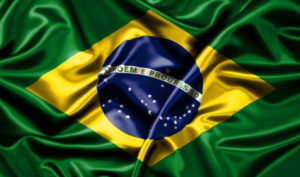 Brazil is a country of endless jungles. Here the descendants of the Europeans, the Indians and the once-slaves brought from Africa mixed up. In the end, it turned out a distinctive Brazilian culture, quite unlike any other. Brazilians themselves call themselves “Brazilians”, which in Portuguese means “loggers” – this is the self-name of the inhabitants of this country. What else can you say about Brazil? Perhaps, here it is quite dangerous in places, but it is still very interesting.
Brazil is a country of endless jungles. Here the descendants of the Europeans, the Indians and the once-slaves brought from Africa mixed up. In the end, it turned out a distinctive Brazilian culture, quite unlike any other. Brazilians themselves call themselves “Brazilians”, which in Portuguese means “loggers” – this is the self-name of the inhabitants of this country. What else can you say about Brazil? Perhaps, here it is quite dangerous in places, but it is still very interesting.
Brazil – the largest South American state in terms of area and population. In addition, it is the only country on the continent where they speak Portuguese, not Spanish.
Brazil is the country with the largest number of Catholics among the locals.
According to one version, the state was named Brazil in honor of the mythical island – the Irish believe that it is somewhere in the Atlantic Ocean.
Brazil occupies the first place in the world by the number of species of primates and freshwater fish inhabiting its territory. In addition, it holds the second position in the number of species of amphibians, the third place – in the number of species of birds, and the fifth – in the variety of reptiles.
In 2013, the Brazilian authorities allowed to officially register marriage between spouses of the same sex. Three years earlier, a similar law was passed in Argentina.
Brazil is the world’s largest producer of sugar cane fuel, which can be used instead of oil products.
Brazil is the world leader in the production of sugar and growing oranges, as well as the world’s largest exporter of soy. In Brazil, also collected a third of all coffee beans in the world.
The conscript may refuse to serve in the Brazilian army if he successfully passes the test for medical care.
Brazil participated in the world football championships, and won them more often than any other country on the planet (5 times out of 20). Football is more or less passionate about 74% of Brazilians, which makes this game a truly national sport.
The state capital, Brasilia, looks like a passenger plane from the top, although its architect Lucio Costa claimed to have designed the city as a huge butterfly. Brasilia was built specifically to become the capital – for this approximately 60 thousand builders took 3.5 years.
All the premises of the Brasilia cathedral are located under the ground – only the dome of stained glass and concrete is visible above the surface.
The Brazilian capital does not build residential buildings above 6 floors. The master plan of the city assigns to each erected building a certain space above the land, which is forbidden to exceed.
In Brazil, on the doors of public toilets, the letter “T” is often found – it indicates cabins for transsexuals, which in the country are many.
In the presence of the Brazilians, you should not use the OK gesture (big and index fingers folded in the circle), since it is offensive – so the locals make it clear that they consider their interlocutor to be nothing, “zero” and an empty space.
A gesture known in Russia as a “fig” is considered defensive in Brazil. Local residents believe that it protects from the evil eye.
In Rio de Janeiro, from 10 pm to 5 am, motorists are allowed to drive through the red light so that they do not have time to rob them during the stop at the intersection.
Brazilian children give their dentured teeth to school teachers who pass them to dentists to make prosthetic devices for adolescents.
The full name of the Brazilian is actually the name, the surname of his mother and the surname of his father. When married, Brazilians become holders of a double surname – their own and their spouse.
In Brazil, there are two of the seven modern wonders of the world – a statue of Christ towering over Rio de Janeiro and the Amazon River.
In literal translation from the Portuguese “Rio de Janeiro” means “January river”.
The hymn of Brazil contains so many difficult words and sentences that not all locals can understand its meaning.
Brazil occupies the second place in the world in terms of the number of operating airports.
